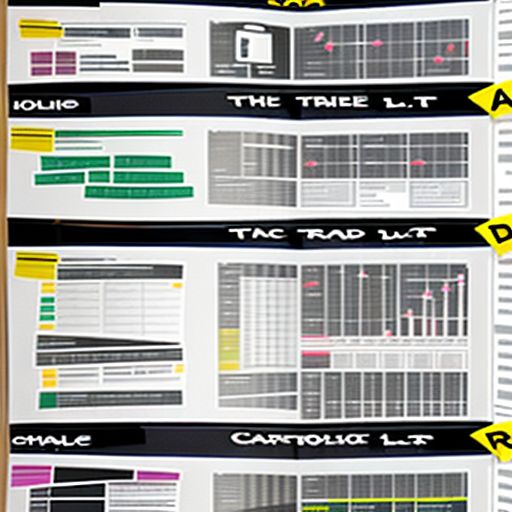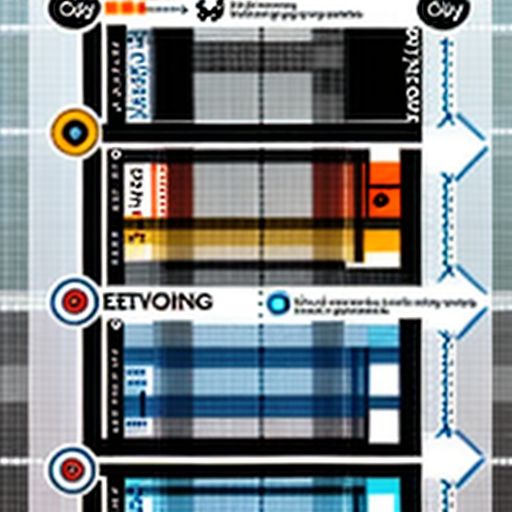Have you ever worked on a project where responsibilities were unclear, leading to confusion, delays, and frustration? We’ve all been there! A RACI chart is a simple but powerful tool that can bring much-needed clarity to your projects, ensuring everyone knows who’s responsible for what.
management.daohocthuat.com/wp-content/uploads/2024/07/raci-chart-66908c.jpg" alt="RACI Chart Example" width="512" height="512">RACI Chart Example
What is a RACI Chart in Project Management?
RACI stands for Responsible, Accountable, Consulted, and Informed. It’s a matrix-like document that maps out each task, milestone, or decision in a project and assigns roles and responsibilities to different team members.
Understanding RACI Roles:
- Responsible (R): The person or group directly doing the work. They are responsible for completing the task.
- Accountable (A): The person ultimately answerable for the task’s completion and its success. They usually have the authority to approve or veto the work. There should only be ONE Accountable person per task.
- Consulted (C): Individuals or groups who need to be consulted before a decision is made or a task is completed. Their input is valuable but they don’t actively work on the task.
- Informed (I): People who need to be kept in the loop about the task’s progress or outcome. They don’t contribute directly but need to be aware of what’s happening.
Why is a RACI Chart Important?
Using a RACI chart in project management offers numerous benefits:
- Crystal Clear Roles & Responsibilities: Eliminates confusion about who does what, minimizing misunderstandings and duplicated efforts.
- Improved Accountability: With clear accountability assigned, team members are more likely to take ownership and ensure tasks are completed on time and to the required standard.
- Streamlined Communication: The chart provides a clear framework for communication, ensuring the right people are consulted and informed at the right time.
- Faster Decision Making: By identifying who has the final say on each task, decisions can be made more efficiently, preventing bottlenecks and delays.
- Empowered Team: When team members understand their roles and responsibilities, they feel more empowered and motivated to contribute to the project’s success.
Common Questions about RACI Charts:
How do I create a RACI chart?
- List All Project Tasks/Decisions: Break down the project into manageable tasks and decisions.
- Identify All Stakeholders: List everyone involved in the project, including internal team members, external vendors, and sponsors.
- Assign RACI Roles: Using the definitions above, assign the appropriate RACI role to each stakeholder for each task.
- Review and Refine: Once the initial chart is complete, review it with all stakeholders to ensure accuracy and clarity.
What are some common RACI chart mistakes to avoid?
- Too Many ‘Responsibles’: Having multiple people responsible for a task can lead to confusion and a lack of ownership. Aim for one ‘R’ per task.
- Overusing ‘Consulted’: Keep the ‘Consulted’ list concise to avoid unnecessary meetings and delays.
- Ignoring the ‘Informed’: Don’t forget about stakeholders who need to be kept informed. Regular updates can prevent misunderstandings and keep everyone aligned.
Conclusion: Embrace Clarity and Collaboration with RACI
By clearly defining roles and responsibilities, a RACI chart sets the stage for smooth project execution, better communication, and ultimately, project success. Have you used RACI charts in your projects? Share your experiences and tips in the comments below!





